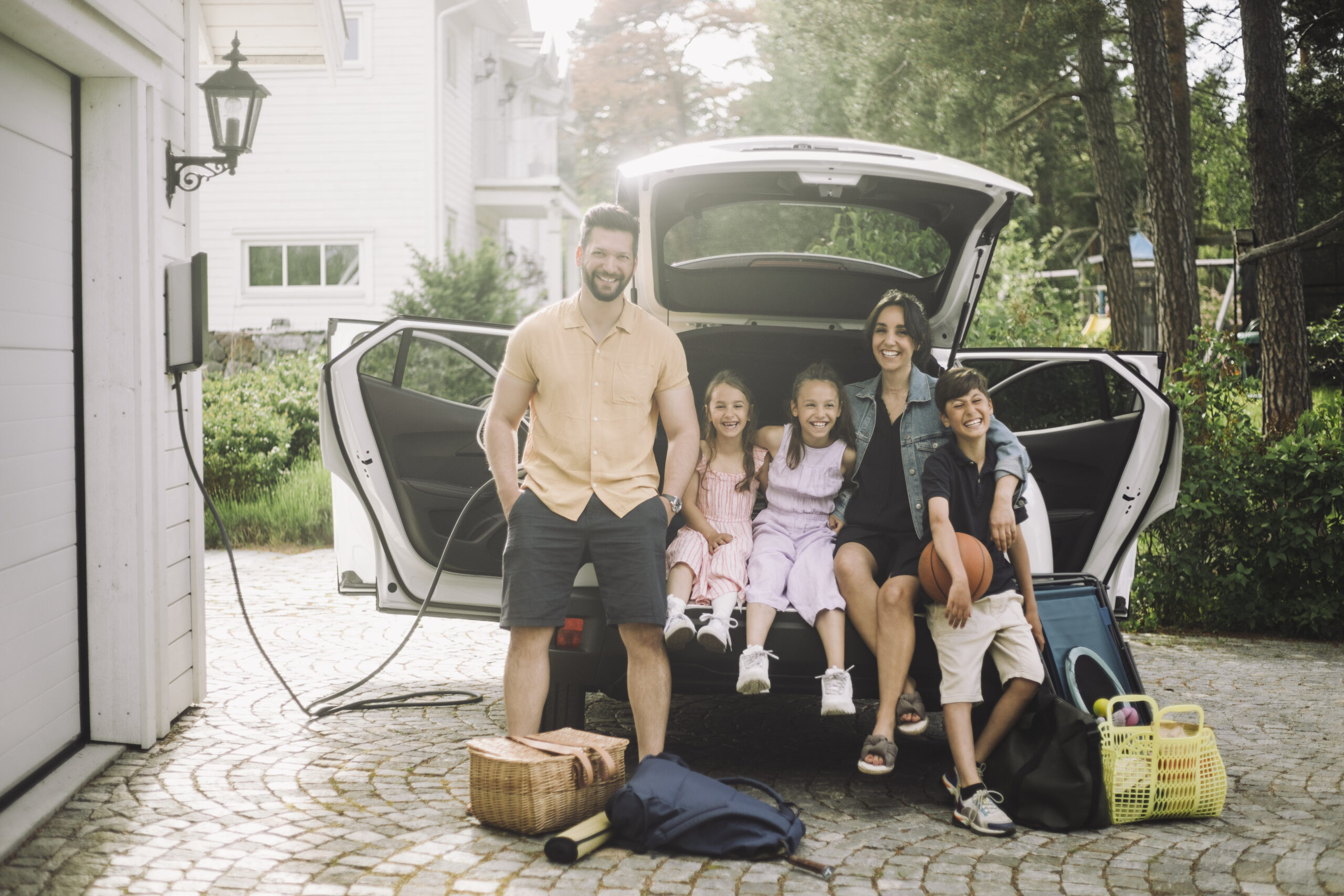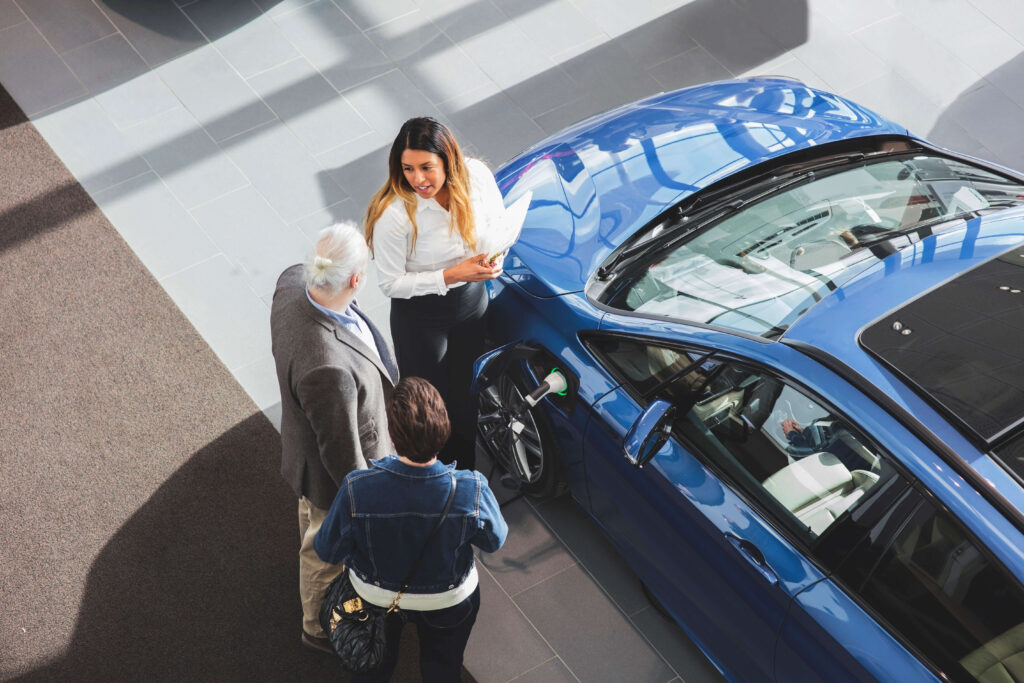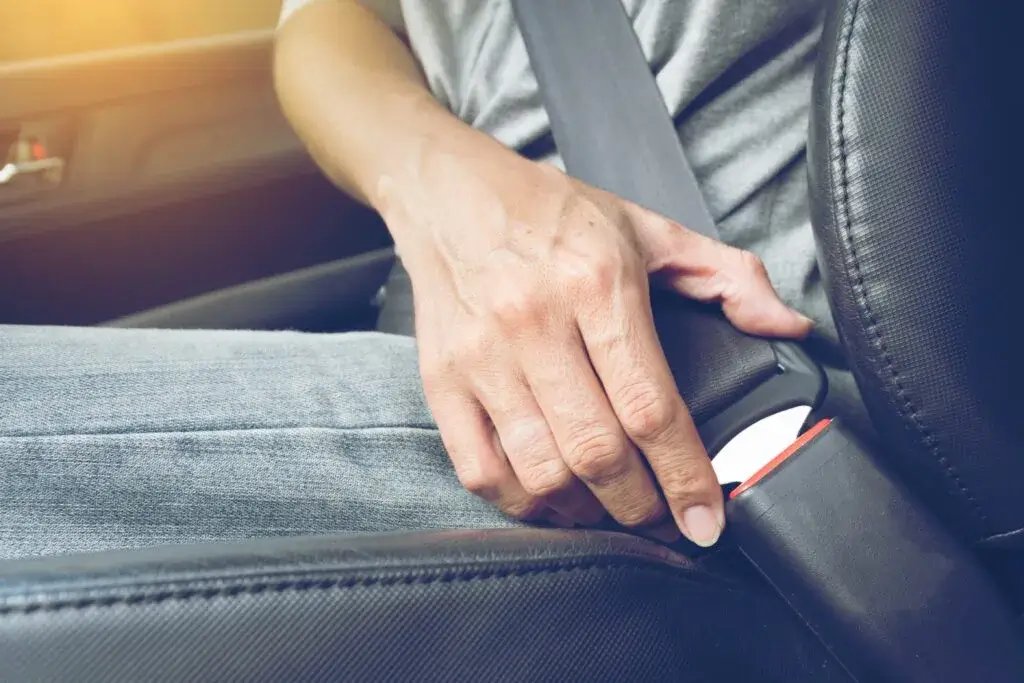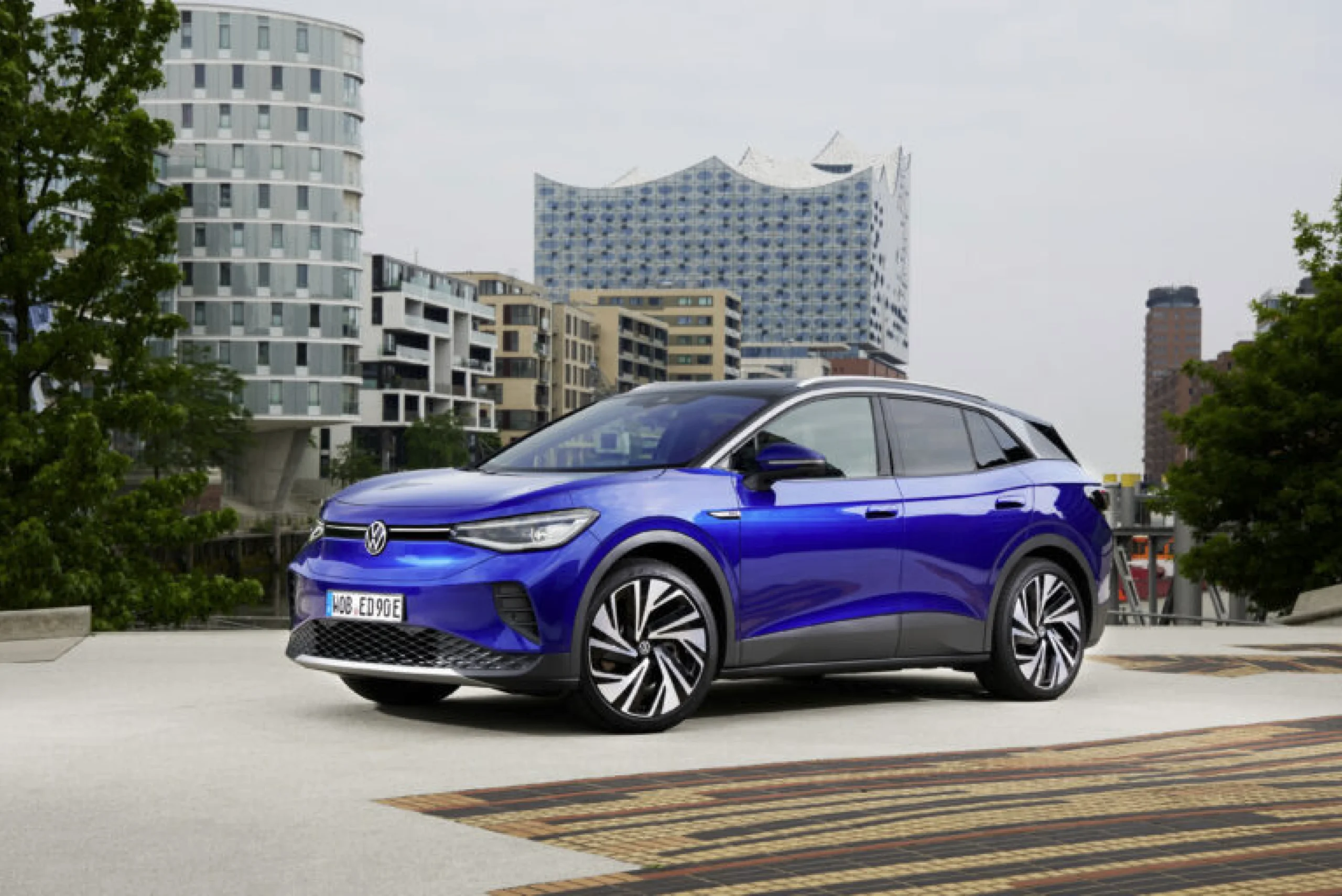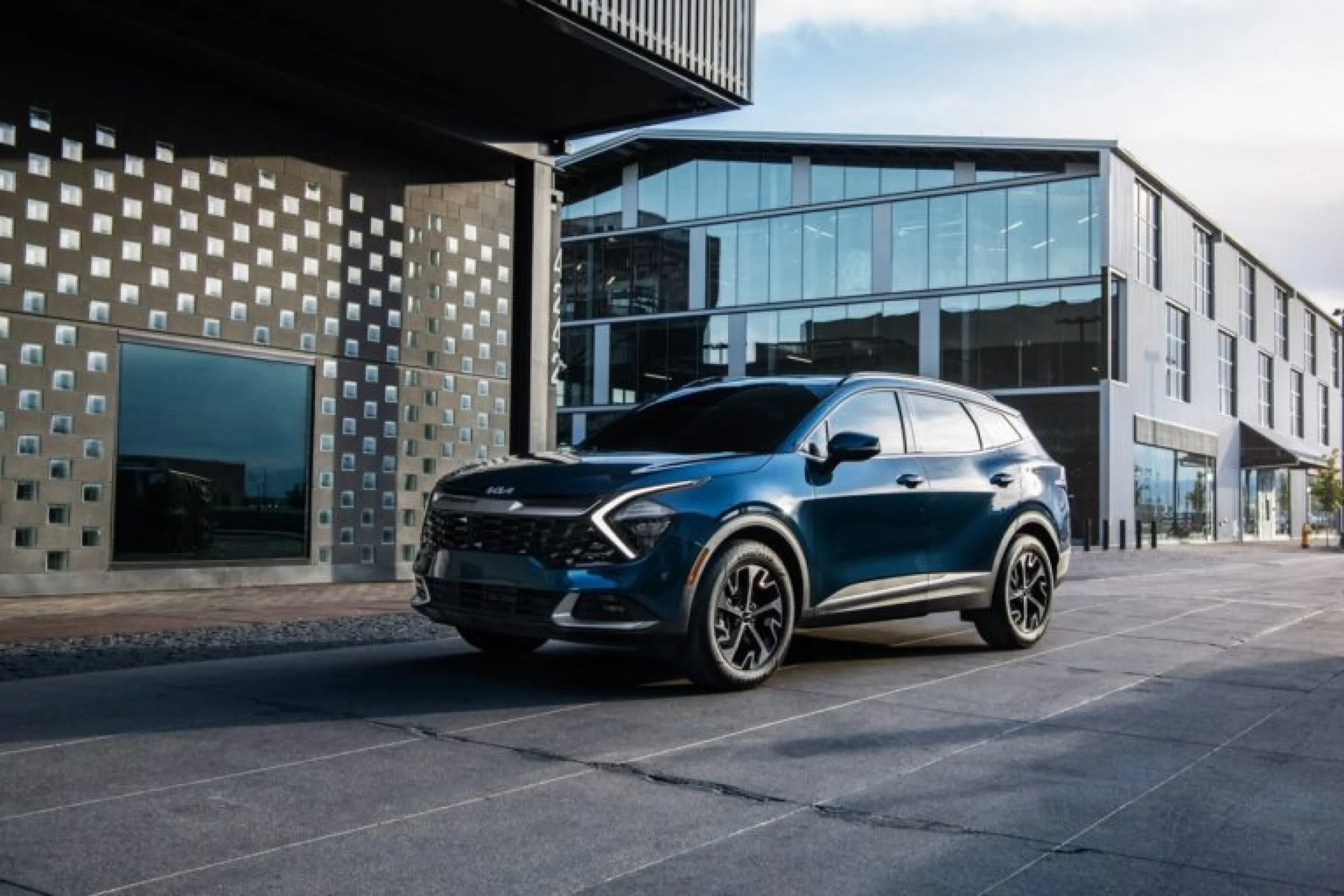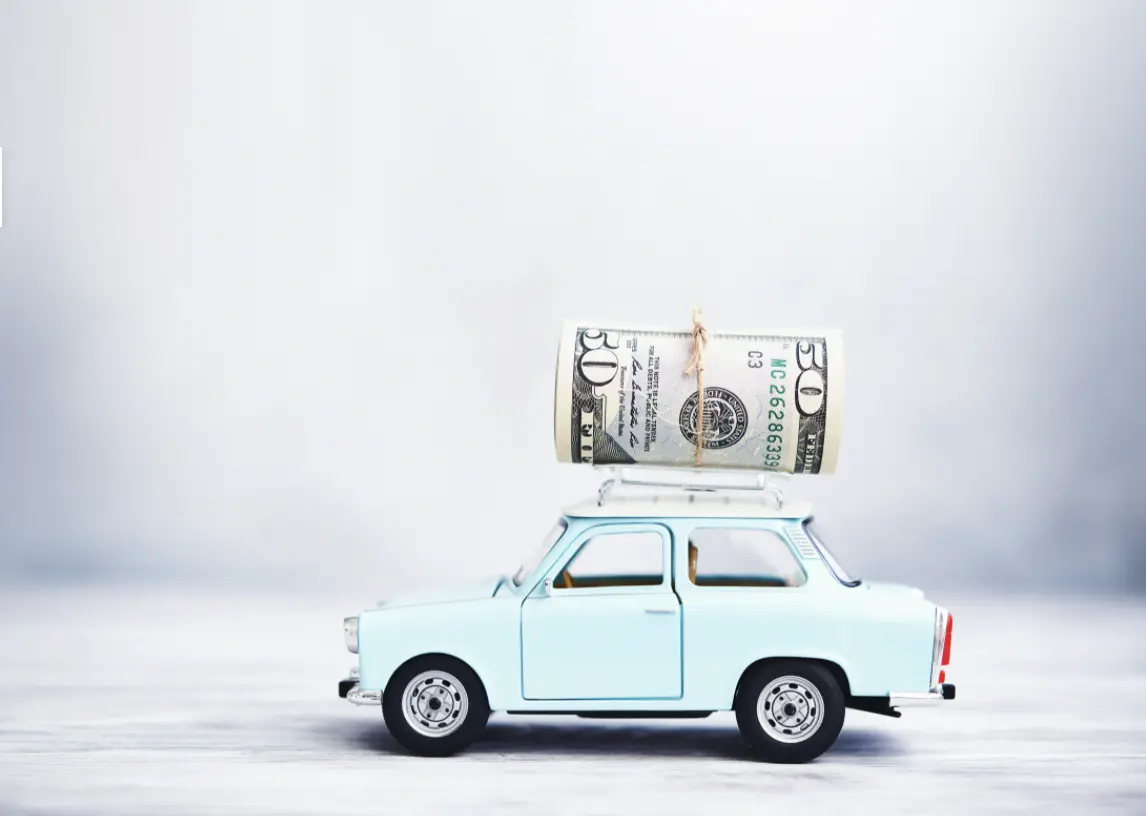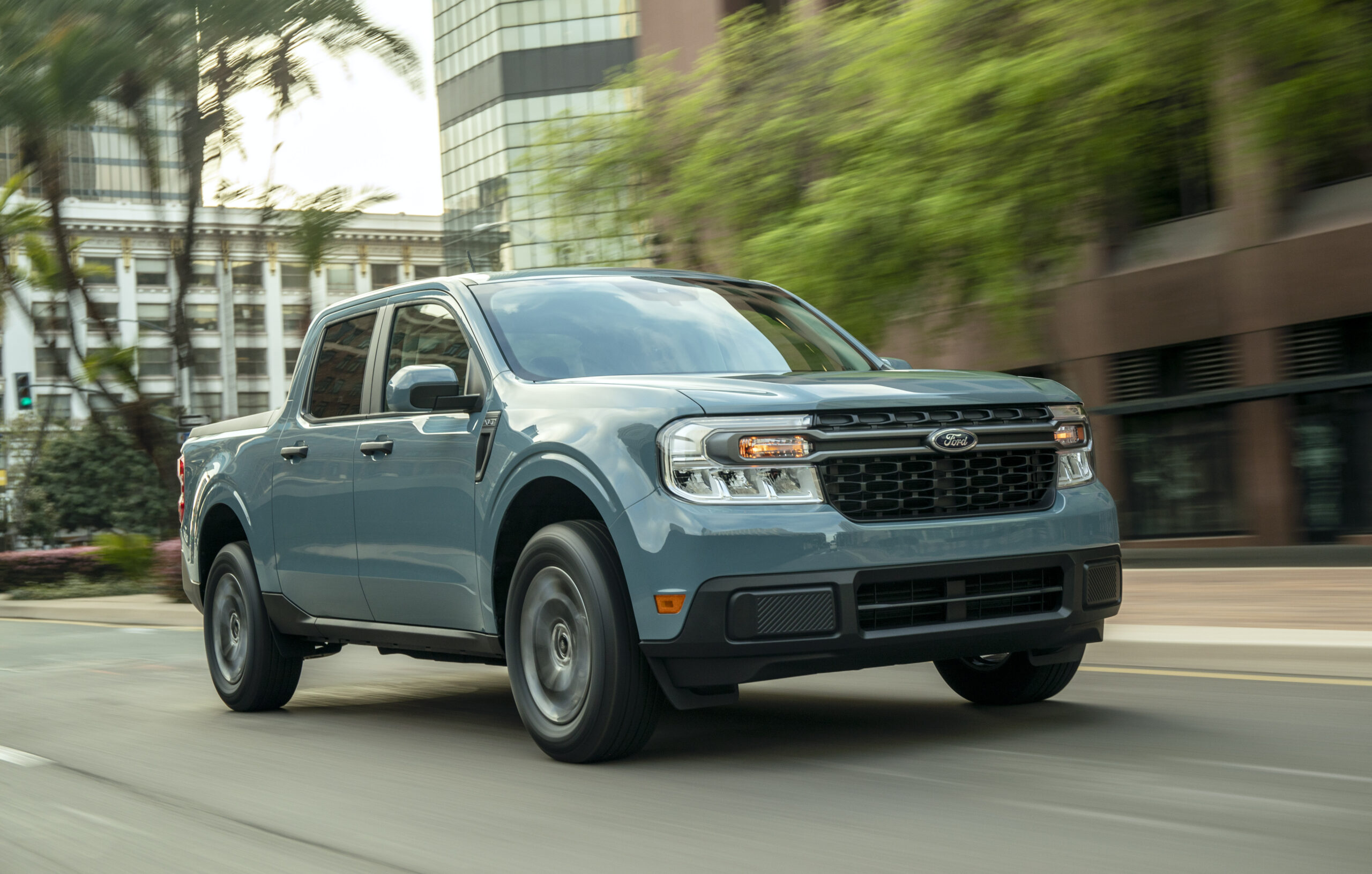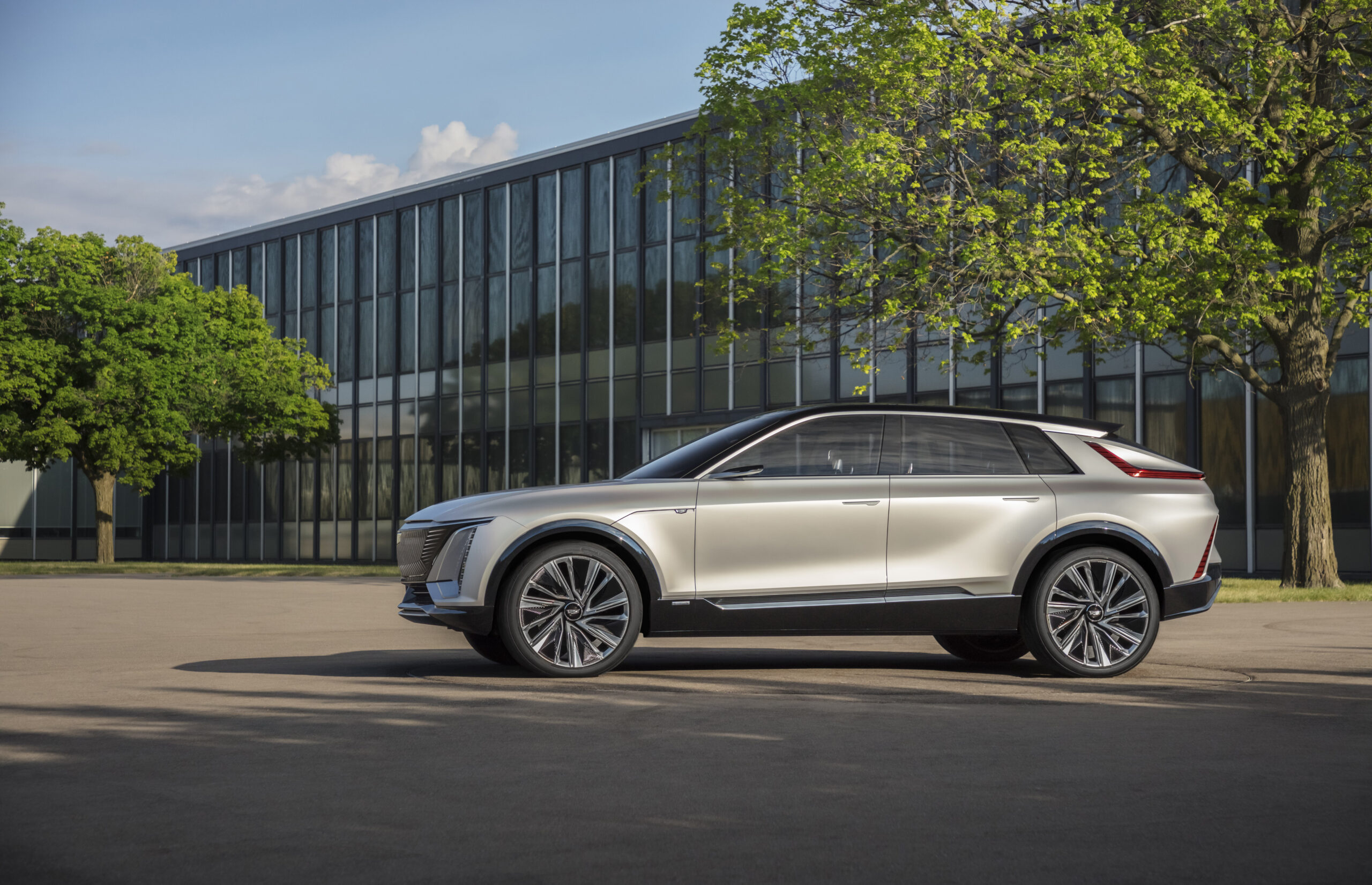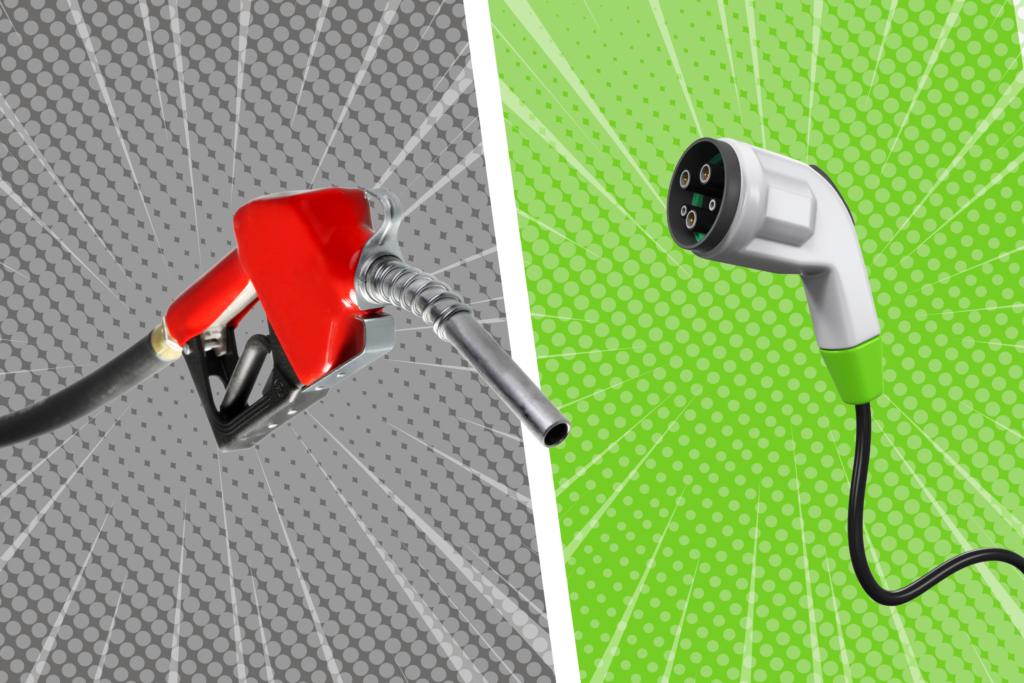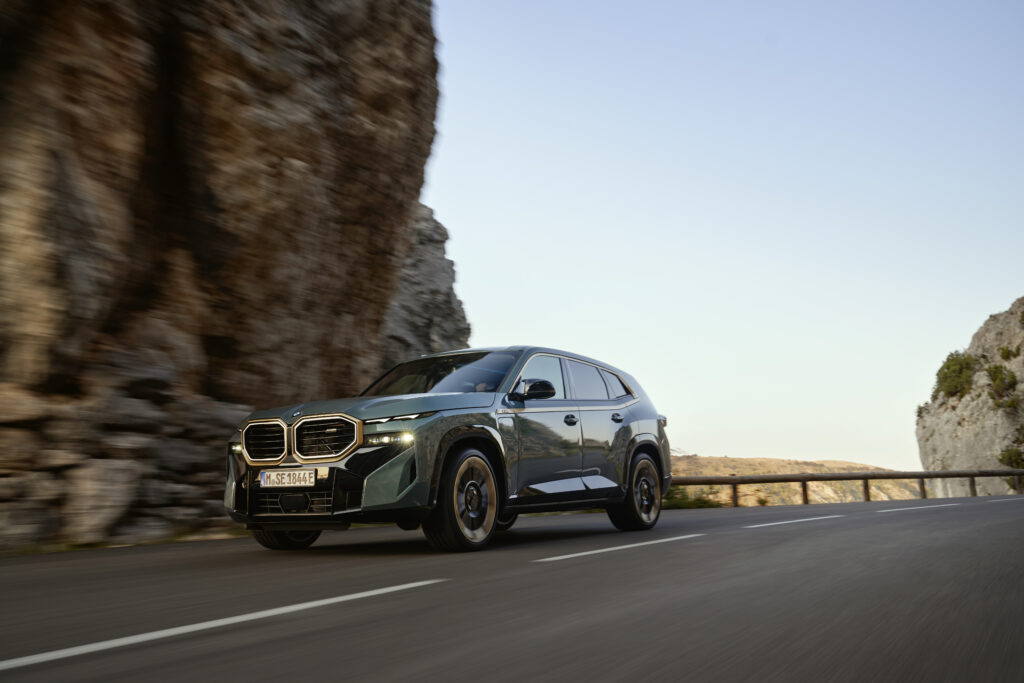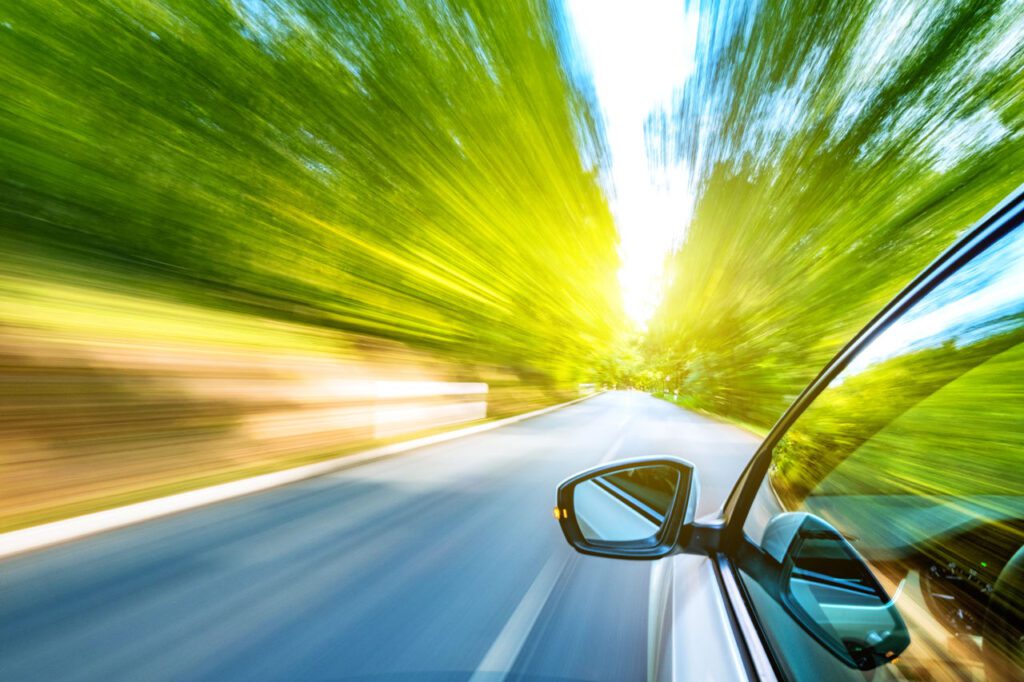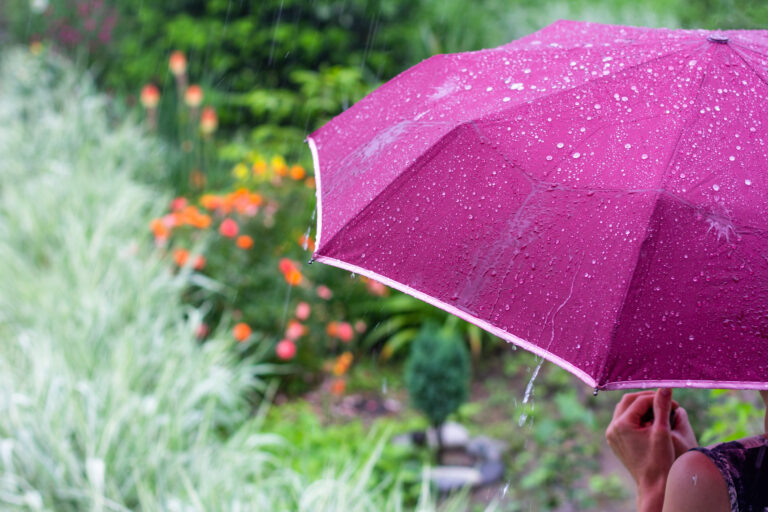
The Farmers’ Almanac is predicting a “soggy, shivery spring ahead.” Right about now, you may be wondering just how well electric vehicles perform in such damp conditions. There are a lot of misconceptions and myths floating around about EVs and water.
One survey found 12% of drivers think electric cars can’t be driven in the rain and 18% thought they couldn’t take an EV through a car wash.
It seems all that electric power makes people worry about electric shock. Never fear! Electric vehicles are specially designed to function just as well as, if not better than, gas fueled cars in wet conditions. Let’s take a look at some common concerns and see if they hold any water.
We all know electric cords and water shouldn’t mix, so how can it be safe to charge an EV in the rain? EV charging cables are nothing like the extension cords in your home. Electric car chargers are weatherproofed and rigorously tested by OSHA-certified laboratories. All EVs have to meet the safety standards set by the Society of Automotive Engineers. Car chargers are specifically designed with consumer safety in mind, including protection and safeguards against electric shock. The connectors are even subjected to high pressure water sprays, like a fire hose. The Nissan LEAF’s electrical system is safety rated to be submerged in up to 1 meter of water for up to 30 minutes.
With watertight ratings like this, you can rest assured an EV is safe to charge in nearly any weather condition.
Electric vehicles are completely weatherproofed, just like gas powered cars. All cars have plenty of electronics these days, from sound systems to lights, and you don’t have to worry about using any electronics in the rain. In fact, EVs can safely drive through deeper waters than gas cars. The battery packs of EVs are securely isolated and designed with safety features including automatic shut offs in the event of a collision or short circuit. The high voltage components of an electric vehicle typically have an International Protection rating of at least IP66, meaning they are protected from strong jets of water. You can drive through heavy rain and puddles with virtually no risk of electrical hazard. Electric cars are even designed to keep you safe from a lightning strike and they are no more likely to be struck by lightning than any other car in a thunderstorm.
However, as we’ve mentioned before, EV batteries that are totally immersed in water, especially salt water, may be dangerous. If your electric car survived a flood, or forded a river to get you to safety, it may be susceptible to short circuits or thermal runaway events and should be parked outside and away from your home until a qualified technician gives you the all-clear.
Any vehicle has a risk of hydroplaning (or losing traction and sliding) on a wet road, and EVs are no exception. If you’re driving in heavy rain, you should reduce your speed, turn off cruise control, and avoid standing water where possible. If you start to hydroplane, take your foot off the accelerator, do not brake, and cautiously turn your steering wheel in the direction you are hydroplaning. Even though hydroplaning can be terrifying, try to keep calm until your tires reconnect with the road.
PS: the reason not to brake when hydroplaning is because it may cause an immediate skid if the tires don’t have traction.
First off, do not drive any vehicle through a flooded road. It’s the number one cause of death from severe weather hazards.
This applies to EVs, too. Despite the extensive waterproofing of electric vehicles, no, you cannot drive an EV through flood waters. If you do get caught in a flood, however, an EV might actually be pretty safe, thanks to its high IP ratings. While a car with a combustion engine might stall out due to flooding, EV batteries are sealed off well enough that, assuming the rest of the vehicle is undamaged, they may be able to come out of the flood more or less intact and functional.
An exception may be salt water flooding. In 2022, there were multiple EV fires in Florida after Hurricane Ian, due to thermal runaway caused when the salt water formed conductive “bridges” within the batteries. Again, no vehicle is safe to drive through flood waters and it takes only a few inches of water to throw a vehicle off course. If your car was caught in a flood, you should avoid driving it until it’s been declared roadworthy by a professional, no matter if you’ve heard claims that your car can turn into a boat.
Yup, you can take an EV through a carwash just like any other car. Undercarriage washes are safe, too. The only real issue is if the car needs to be in neutral to go through the wash. EVs don’t have a neutral gear, and different EVs have different processes to disengage the wheels. You should check your EV’s manual and familiarize yourself with the steps in case you need to put your car in neutral for a tow or a carwash. But you won’t have to worry about your EV surviving the brushes, suds, and hoses. EVs are protected and tested against high pressure water sprays.
Are we joking? Maybe not!
You probably haven’t considered getting drinking water from your EV, but that may be possible in the near future! A California based company called Mullen is looking into water-harvesting. And, the technology isn’t even that far-fetched, since it hinges on condensation. The company hopes to eliminate drinking water shortages and reduce plastic waste by using air-to-water technology to create a fresh supply of hot and cold water for EV drivers, up to 5 liters a day. This new tech might be a few years away from implementation, but soon you may be able to ask your car to top off your water bottle or make you coffee on the go.
There you have it. Electric vehicles are just as reliable in wet conditions as gas vehicles, maybe even more reliable. You can rest easy knowing your EV can take you through whatever rainy, snowy, or damp weather this spring brings. Remember, with all those April showers come May flowers. Your EV will be able to handle the sunshine when it comes around, too.
Visit Recurrent to learn more about electric vehicle battery health.
This article is originally researched and written by the team at Recurrent.
AAA’s Recommendation: Whether you own an electric vehicle or a gas-powered car is up to you – and you should consider lots of factors in making that choice. No matter what type of vehicle you’re choosing, we recommend visiting a dealership, test driving one, and asking as many questions as possible to make an informed decision.
